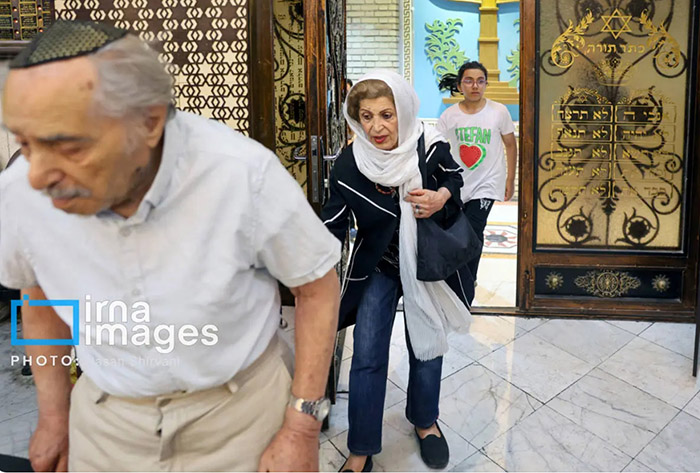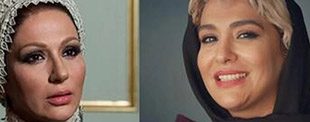Interfaith Implications and Future Dialogue
This event also sparked broader conversations among interfaith leaders in Tehran. Several Christian and Zoroastrian representatives expressed interest in similar commemorative acts, focusing on figures who shaped modern Iran’s religious pluralism. It also renewed debates about the genuine inclusivity of the Islamic Republic and how religious tolerance can coexist with ideological rigidity.
Critics argue that such events, while symbolically powerful, must be matched by policy reform, legal safeguards, and greater cultural openness. Supporters, on the other hand, view these ceremonies as signs of Iran’s enduring religious diversity and proof that bridges can be built, even in a theocratic framework.
Iranian state media gave limited but respectful coverage to the event, emphasizing national unity and quoting Khomeini’s well-known line: “We are all brothers in the eyes of God, whether Jewish, Christian, or Muslim.” Some conservative outlets expressed discomfort with the prominence given to non-Muslim communities, but the overall response was muted—perhaps indicative of a slowly shifting paradigm.

